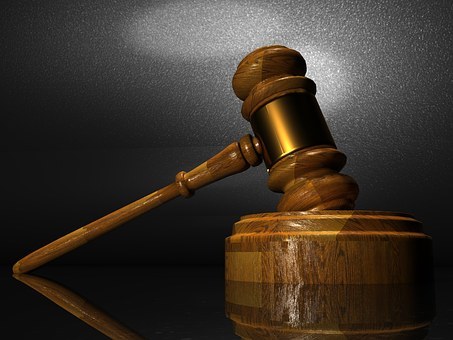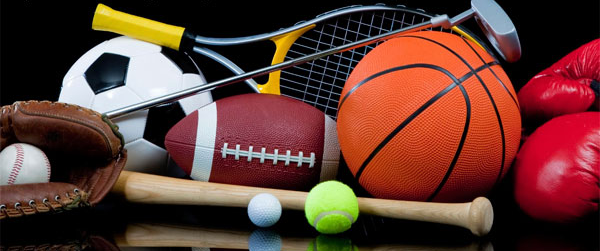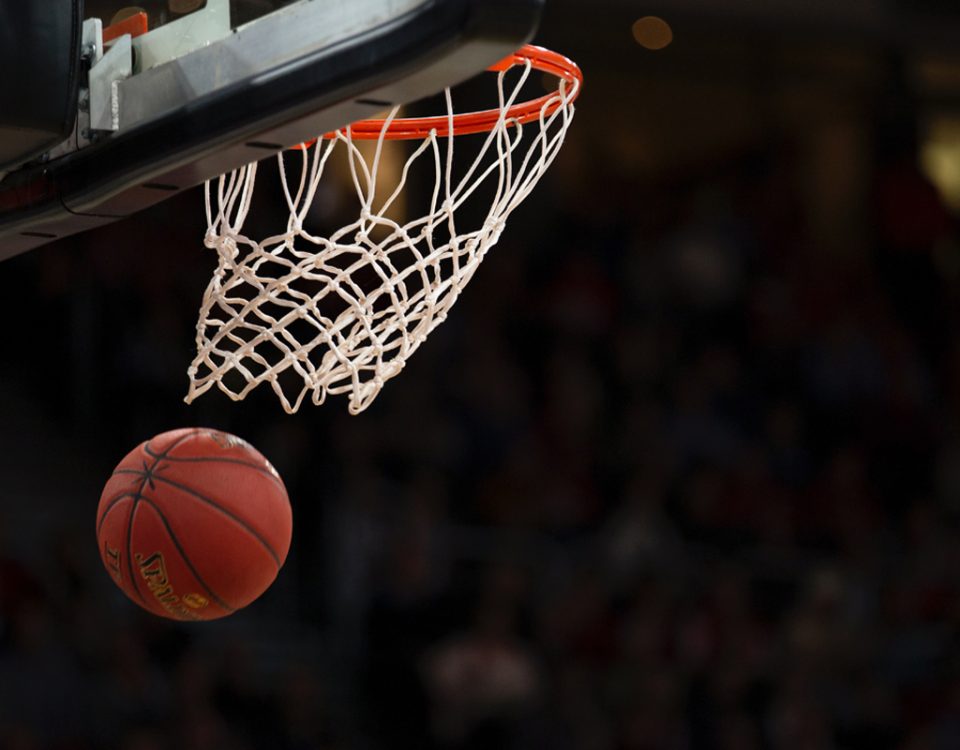The NCAA Committee on Infractions Has Spoken: University of Missouri
March 1, 2019
Christian Dennie Named a Rising Star by Super Lawyers
March 12, 2019The NCAA Division II Committee on Infractions (“COI”) is an independent administrative body comprised of individuals from the NCAA Division II membership and the public charged with deciding infractions cases involving member institutions and their staffs. This case centered on improper eligibility certification of numerous student-athletes over a five-year period at Saginaw Valley State University (“SVSU”). Because of the scope of the eligibility certification violations, the parties agreed that SVSU lacked institutional control. The COI considered this case through the cooperative summary disposition process, in which all parties agreed to the primary facts and violations as fully set forth in the summary disposition report (“SDR”). Because SVSU agreed to the violations and proposed penalties, it has no opportunity to appeal.
The Committee concluded that SVSU committed the following violations:
Violations of NCAA Division II Manual Bylaws 12.1.1.1, 12.1.1.1.3, 12.1.1.1.3.1, 14.01.1, 14.3.1, 14.3.1.1, 14.3.5.1, 14.5.4, 14.5.5.1, 14.5.4.1 and 14.10.1 (2013-14 through 2016-17); 16.8.1 (2013-14 through 2017-18); 14.5.4.2 (2014-15); 14.3.1.1.2.1 (2014-15 through 2016-17); 12.1.1.1, 12.1.1.1.3, 12.1.1.1.3.1, 14.4.3.2.1 and 14.5.4.3 (2016-17); and 14.2, 14.2.2 and 14.11.1 (2017-18)
SVSU and the NCAA enforcement staff agree that between the academic years of 2013-14 through 2017-18, the institution improperly certified 130 student-athletes in 15 sports as eligible for competition, resulting in 137 violations of academic/amateurism certification legislation and one violation of seasons of competition legislation. As a result, 130 student-athletes competed and received actual and necessary expenses while ineligible or not certified. Additionally, the institution failed to withhold 80 student-athletes from competition during subsequent academic years before their eligibility was reinstated.
From the 2013-14 through 2016-17 academic years, 69 student-athletes across multiple sports practiced and competed prior to receiving certification of their amateur status. NCAA Bylaw 12.1.1.1, 12.1.1.1.3, 12.1.1.1.3.1, 14.10.1 and 16.8.1 (2013-14 through 2016-17).
From the 2014-15 through 2016-17 academic years, 13 student-athletes across multiple sports were certified as early academic qualifiers; however, the institution failed to submit a final high school transcript to the NCAA Eligibility Center by November 15 following the student-athlete’s initial full-time enrollment. NCAA Bylaw 14.3.1.1.2.1, 14.10.1 and 16.8.1 (2014-15 through 2016-17).
From the 2013-14 through 2016-17 academic years, 14 four-year college transfer student-athletes from multiple sports were allowed to compete in their first year of enrollment at the institution without fulfilling the residence requirement of one full academic year at the institution or meeting an exception to this requirement. NCAA Bylaw 14.5.5.1, 14.10.1 and 16.8.1 (2013-14 through 2016-17).
In the 2016-17 academic year, four two-year college transfer student-athletes from multiple sports were allowed to compete, practice and receive athletics aid in their first year of enrollment at the institution without meeting the eligibility requirements of a graduate from a two-year college or an exception to this requirement. NCAA Bylaw 14.5.4, 14.5.4.1, 14.10.1 and 16.8.1 (2016-17).
From the 2013-14 through 2016-17 academic years, 16 two-year college transfer student-athletes who were partial qualifiers or nonqualifiers from multiple sports were allowed to practice, compete and receive athletics aid without meeting eligibility requirements. NCAA Bylaws 14.10.1 and 16.8.1 (2013-14 through 2016-17); 14.5.4.2 (2014-15); and 14.5.4.3 (2016-17).
From the 2013-14 through 2016-17 academic years, 18 student-athletes from multiple sports, who enrolled at the institution as entering freshman, were allowed to compete, practice and receive athletics aid in their first year of enrollment at the institution without meeting the academic requirements to be deemed a qualifier by the Eligibility Center. NCAA Bylaw 14.3.1, 14.3.5.1, 14.10.1 and 16.8.1 (2013-14 through 2016-17).
In the 2016-17 academic year, two transfer student-athletes in the sports of football and men’s soccer were allowed to practice, compete and receive athletics aid without meeting the requirement of having earned nine-semester hours of transferable degree credit in order to certify their eligibility. NCAA Bylaw 14.4.3.2.1, 14.10.1 and 16.8.1 (2016-17).
In the 2017-18 academic year, one football student-athlete was allowed to compete beyond the first 10 semesters in which he was enrolled at the institution. NCAA Bylaws 14.2, 14.2.2, 14.11.1 and 16.8.1(2017-18).
Violations of (NCAA Division II Manual Constitution 2.1.1, 2.8.1 and 6.01.1 (2013-14 through 2017-18)
SVSU and NCAA enforcement staff agreed that the scope and nature of the violations set forth above demonstrate that from the 2013-14 through 2017-18 academic years, the institution failed to exercise institutional control and monitor the conduct and administration of its athletics programs. Specifically, for multiple years the institution failed to check and/or ensure the amateurism and academic eligibility of incoming student-athletes on the Eligibility Center website. Additionally, the institution failed to ensure its staff was correctly certifying transfer student-athlete eligibility.
As a result of the foregoing, the Committee penalized SVSU as follows:
- Public reprimand and censure through the release of the public infractions decision.
- Probation: Four years of probation from February 7, 2019, through February 6, 2023.
- Financial penalty: The institution shall pay a fine of $5,000.
- Vacation of records: SVSU acknowledged that ineligible participation occurred as a result of the violations in this case. Therefore, pursuant to Bylaws 19.5.2-(g), 31.2.2.4 and 31.2.2.5, SVSU shall vacate all regular season and conference tournament records and participation in which ineligible student-athletes detailed in this case competed from the time they became ineligible through the time they were reinstated as eligible for competition. This order of vacation includes all regular season competition and conference tournaments. Further, if the ineligible student-athletes participated in NCAA postseason competition at any time they were ineligible, the institution’s participation in the postseason shall be vacated. The individual records of the ineligible student-athletes shall also be vacated.6 However, the individual finishes and any awards for all eligible student-athletes shall be retained. Further, the institution’s records regarding its athletics programs, as well as the records of the head coaches, shall reflect the vacated records and shall be recorded in all publications in which such records are reported, including, but not limited to, institutional media guides, recruiting material, electronic and digital media plus institutional, conference and NCAA archives. Any institution that may subsequently hire the affected head coaches shall similarly reflect the vacated wins in their career records documented in media guides and other publications cited above. Head coaches with vacated wins on their records may not count the vacated wins toward specific honors or victory “milestones” such as 100th, 200th or 500th career victories. Any public reference to the vacated contests shall be removed from the athletics department stationary, banners displayed in public areas and any other forum in which they may appear. Any trophies awarded by the NCAA in these sports shall be returned to the Association.
- SVSU is ineligible to host NCAA championship competition in any sport during the spring semester of the 2018-19 academic year.
- SVSU shall undergo an independent audit of the compliance department operations during the 2018-19 academic year. In addition, SVSU shall have a similar audit during its final year of probation. SVSU shall implement and abide by all recommendations made by the reviewer(s). Results of the audits shall be included in the institution’s first and final annual compliance reports.
For any questions, feel free to contact Christian Dennie at cdennie@bgsfirm.com.

